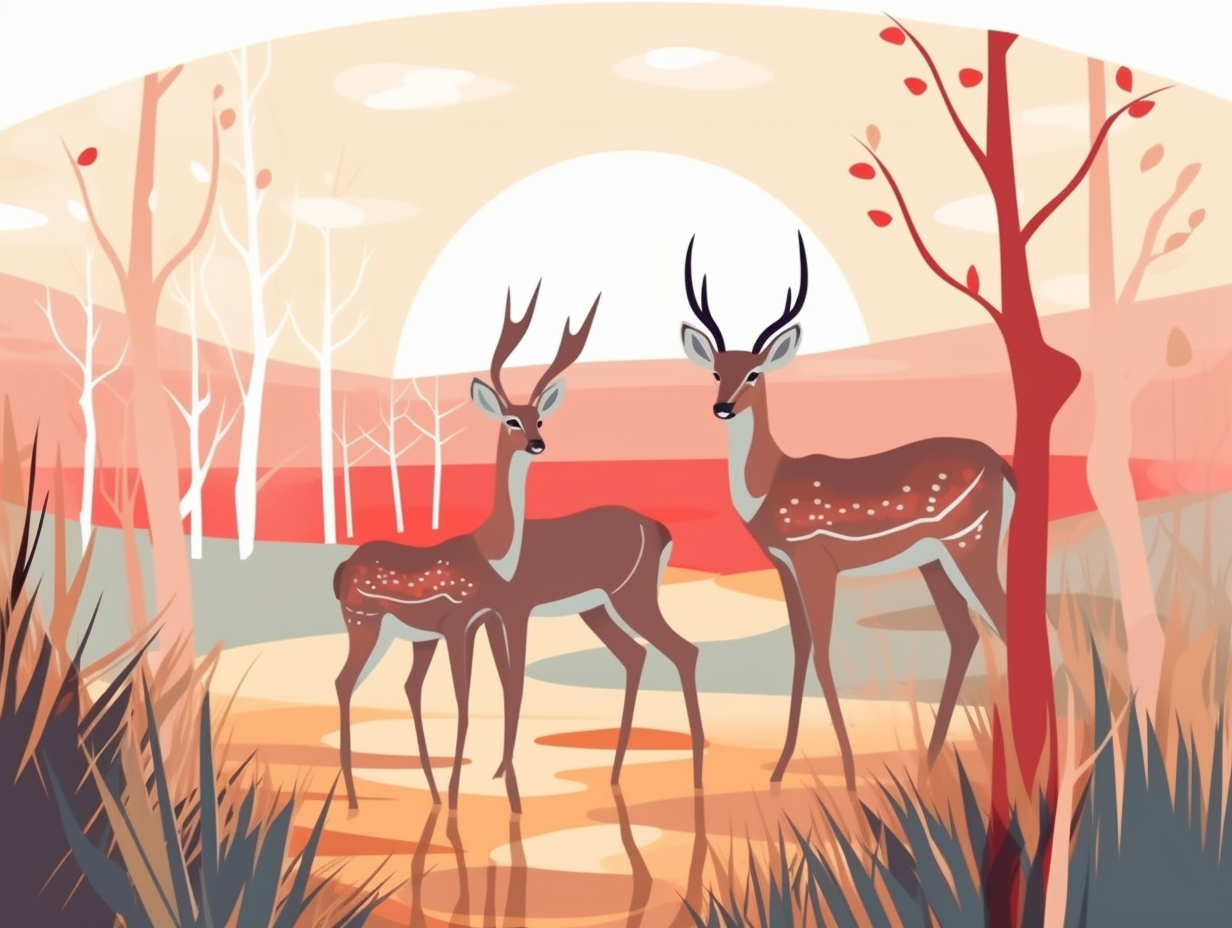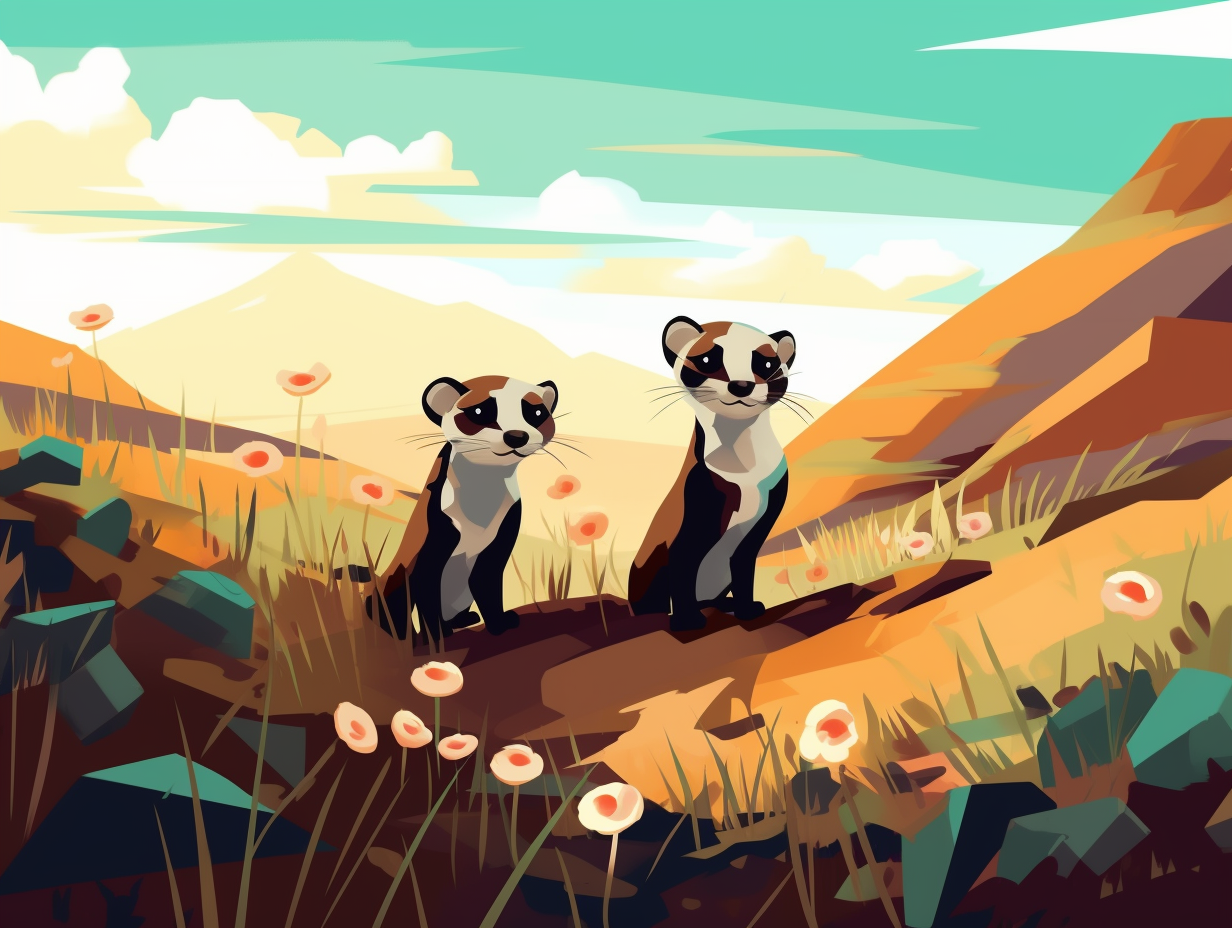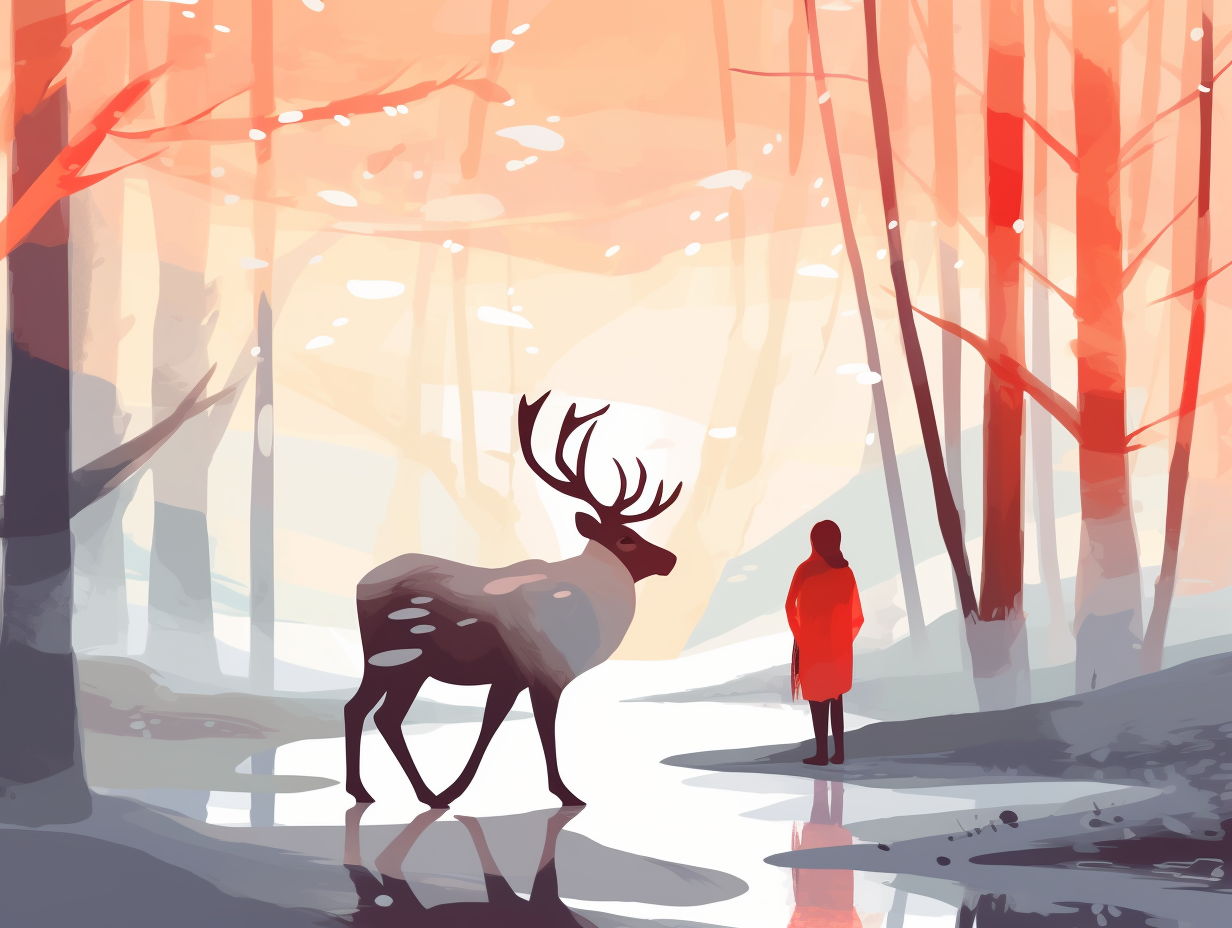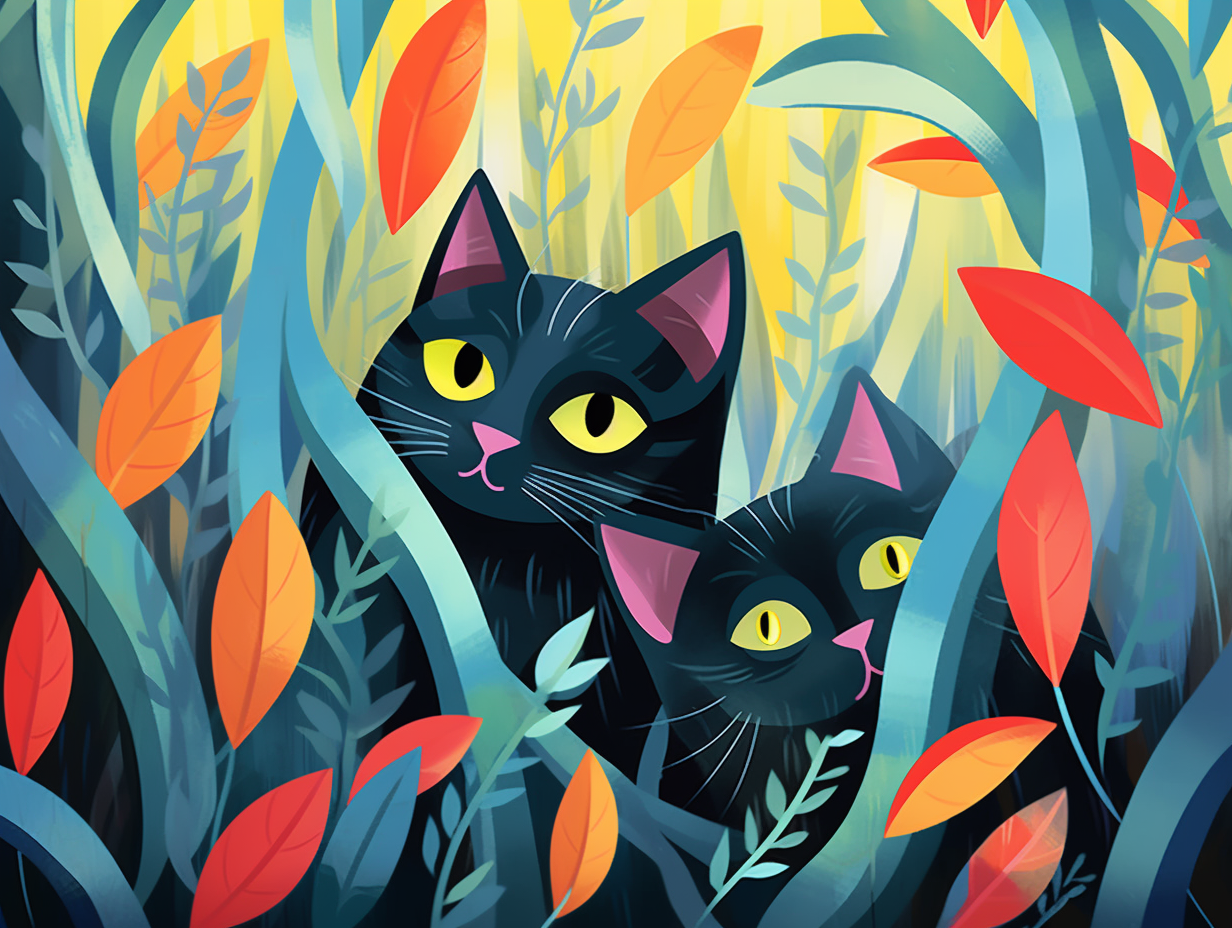Discover the Top 9 Amazing Fun Facts About Springboks You Never Knew!

1. Speedy Springboks
What's faster than a lion, almost as fast as a cheetah, and has the best legs in the savannah? It's not the newest superhero—it's the spring-loaded springbok: These nimble creatures can reach blazing speeds of up to 88 km/h while gracefully leaping through the African grasslands, easily outpacing lions and even giving cheetahs a run for their money. Their specialized legs serve as powerful shock absorbers during these aerodynamic jumps, making the springbok an amazing example of both speed and agility in the animal kingdom.
Source => africafreak.com
2. Pronking Pros
Step aside, Olympic high jumpers and the notorious Tigger: The springbok is here to show you how "pronking" is really done! Sporting leaps up to 2 meters high, these agile antelopes mix their impressive vertical skills with a little flirty dance, putting lions and cheetahs in awe while giving bachelorettes a good show during mating season.
Source => animalia.bio

Did you know impalas can jump an astonishing 10 feet high and 30 feet across in a single bound? Discover their incredible abilities and more fun antelope facts!
=> Fun Facts about Antelope
3. Black Springbok Heat
Baa, baa, black springbok, have you any heat? Turns out they do, and it's quite neat: Black springboks have a higher daily maximum body temperature than their white counterparts - possibly due to the lower reflectance and higher heat load from solar radiation of their dark fur, making them real-life hotshots in their own corner of the African savannah.
Source => pubmed.ncbi.nlm.nih.gov
4. Jazzercising Antelopes
Springboks, the original masters of jazzercise, prefer their workouts extra bouncy and full of pizzazz: These agile antelopes engage in an extravagant activity called pronking, which consists of leaping up to 6.6 feet in the air, with legs stiff and back arched, both as a flashy way to deter predators and a means to flaunt their prowess to potential partners.
Source => en.wikipedia.org
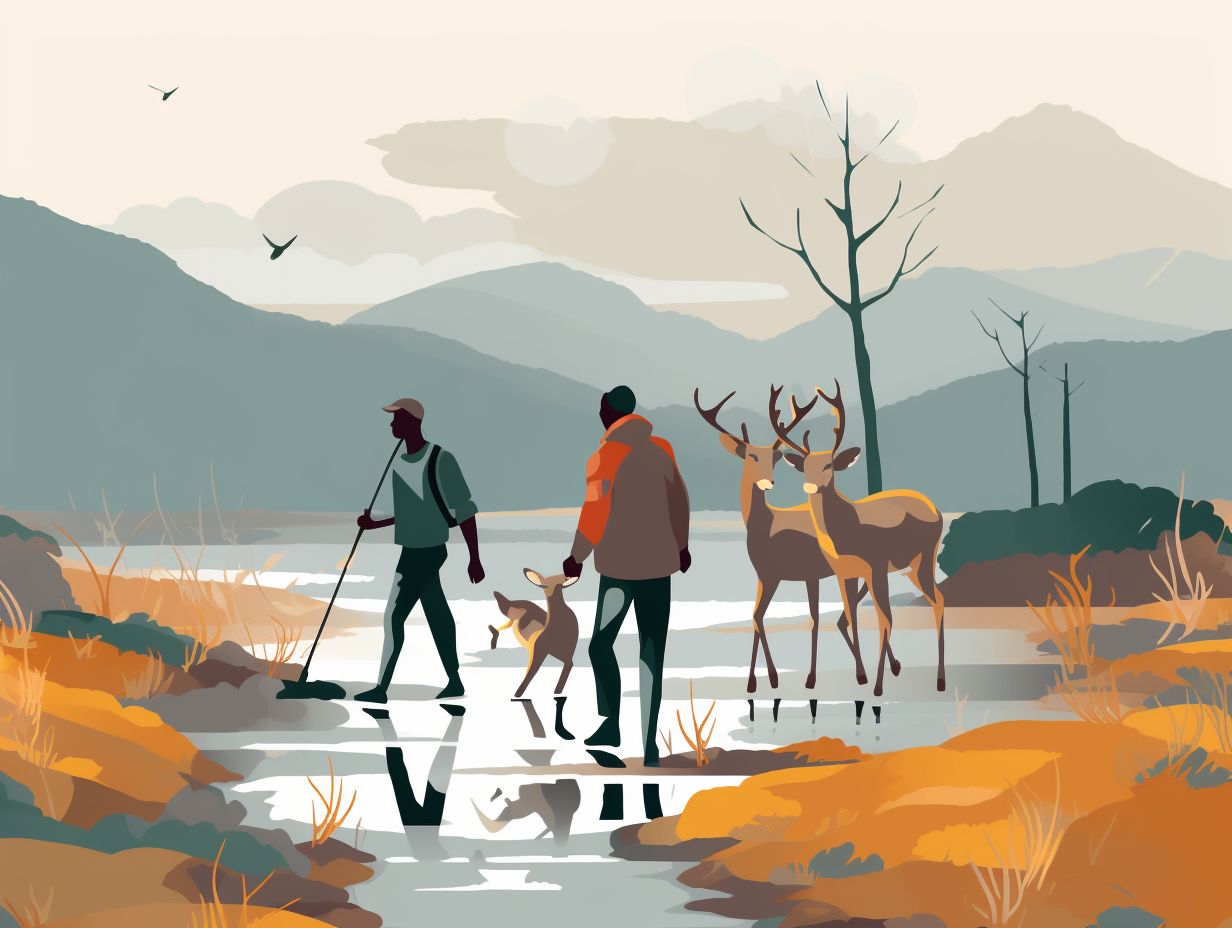
5. Springbok Roomba
If you thought your morning cup of coffee gave you a good bounce, wait until you see the springbok do the "roomba" in the air: These nimble creatures can leap up to 11 feet high, showcasing their mad hops during a spectacle called "pronking", where they stiffen their legs, arch their backs, and tuck their heads down while proudly displaying a striking crest of white hair by opening a skin flap on their backs – all for the sake of scaring away predators or keeping up with the latest herd gossip.
Source => a-z-animals.com
6. Surprised Springboks
"Pulling a springbok" may soon replace "jumping out of one's skin" in the lexicon of surprised reactions, and here's why: Springboks not only zip away from predators at a jaw-dropping 60 miles per hour, but also pull off mid-air acrobatics called "pronking," leaping up to 13 feet and sproinging about on all fours—with their white rump patch flared—to send baddies off in a tizzy, saving their own skins one comedic bounce at a time.
Source => fortworthzoo.org
7. Rugby Mascot Antelope
Feeling antsy about rugby team nicknames? No need to antelope over it: The Springbok, a South African antelope, was chosen as the mascot of their National Rugby team in 1906 to avoid the British press naming them, and now this green-jersey-wearing, plush incarnation called Bokkie has become a favorite toy and conversation starter for both kids and adults.
Source => worldrugbyshop.com
8. Water Cooler Wonders
Who needs a water cooler when you're a springbok? These desert-dwelling waterophobes have tweaked the office gossip game to a whole new level: They can survive their entire lives without taking a single sip of water, instead deriving all the hydration they need from the food they eat, outsmarting predators who lurk near thirst-quenching water sources.
Source => africafreak.com
9. Fashionable Adaptations
Whoever said "don't judge a springbok by its cover" was onto something: The ever-changing fashionistas of the animal kingdom, springboks come in three distinct color morphs (black, white, and normal), and these sartorial choices aren't merely a fashion statement – they affect their ability to handle heat! Black springboks have a higher heat load from solar radiation than white or normal ones, whereas white springboks chill out during winter with lower daily minimum body temperatures. Turns out, it's not just all about looking fabulous in the grasslands; it's also about staying cool or cozy!
Source => pubmed.ncbi.nlm.nih.gov
Related Fun Facts

